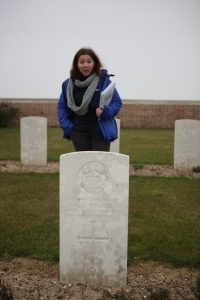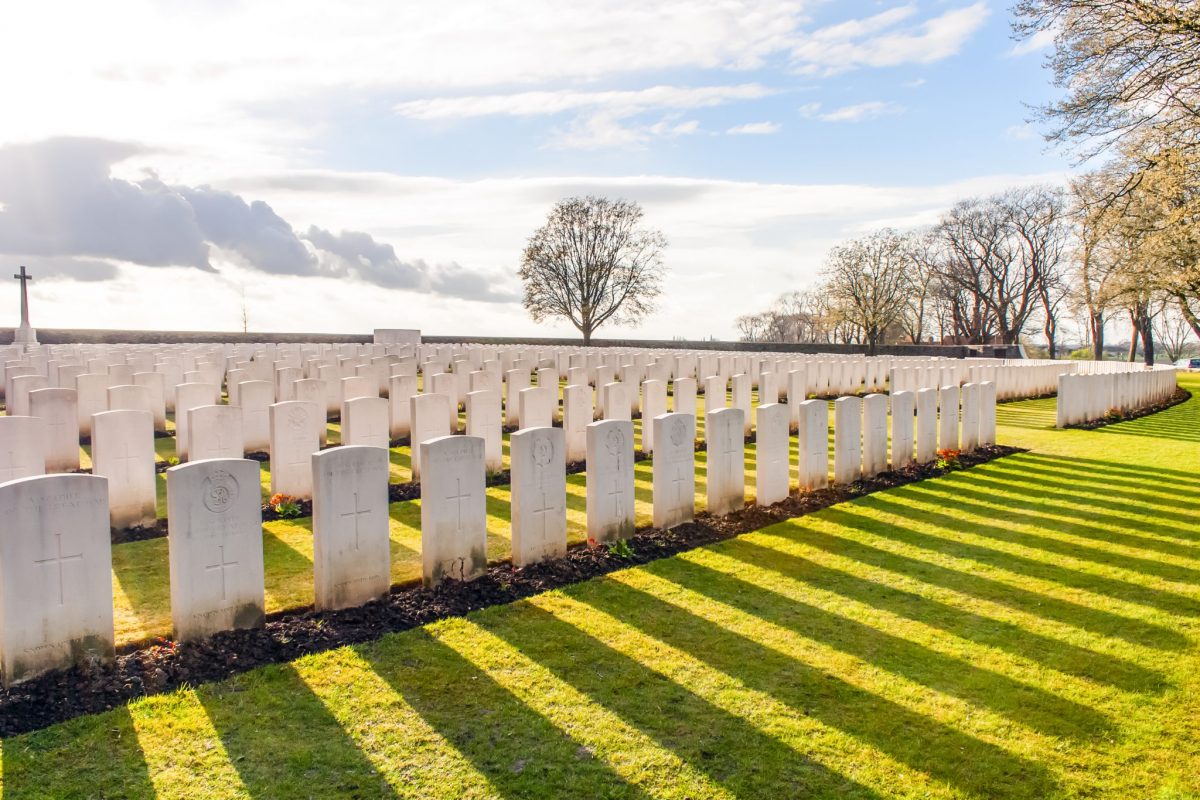
A few weeks ago I wrote about our first day of a recent trip for our history guides and office staff to the Somme area of France. As a history team we want to get a tour right for as many schools as possible and that is why the training, the harnessing of skills and knowledge, and the familiarisation with sites and stories is so important.
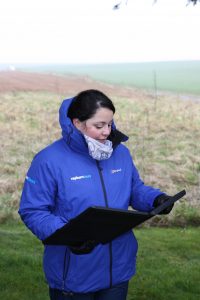
The reason for our trip was to ensure that all of our guides are familiar with both popular and obscure sites in the area, and are able to explore the variety of themes and issues that can and should be examined on a tour. On day one we had visited the often overlooked site at Loos and the new memorial, the ‘Ring of Remembrance’. On the second day of our training we planned to explore the Battle of the Somme, paying particular attention to examining the first day of the battle. As the 100 year anniversary of the Battle of the Somme draws closer, the need to engage with the detail of the battle and its infamous first day, whilst conveying it to a new generation, becomes more pressing.
We began our second day with an early morning stop at the Sheffield Memorial Park, at Serre. I like to visit first thing, ideally when the light is still a little hazy, to talk about the Pals Battalions and what they faced when the whistle went on 1st July 1916. The statistics of that first day are often repeated but for me and my guides it’s the names, not just the numbers that matter; we like to explore how communities were affected and on this particular morning, we talked about how we can help young people understand that first moment of going into battle.
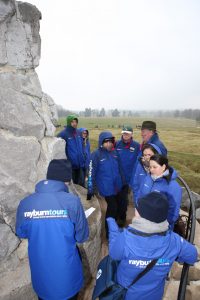
Our history guides have been selected for their knowledge as well as the extra understanding they can bring to a tour. The majority of them are ex-servicemen who have served in the Army, the Navy and the RAF and have first-hand experience of the Cold War, the Gulf War, Northern Ireland, Bosnia and Afghanistan. When they discuss the events of the First World War they are able to bring their own experiences of the reality of entering a battle, fighting, witnessing death and injury, experiencing fear and adrenalin, losing friends and, for some, being seriously injured. Being on an historic battlefield with those who have been on recent battlefields is a remarkable way of bringing the past to life, and in no way romanticises, eulogises or trivialises it.
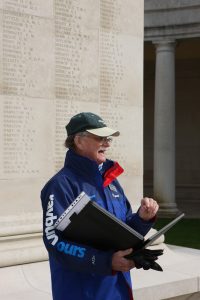
As the day went on, we were happy that everything we were seeing, learning, sharing and feeling was helping us to gain a greater understanding of the area and its past, and also its relationship to the present. By the end of the day, we had visited a number of sites and memorials and had continued to discuss the big themes of the war, whilst never forgetting the smaller human themes that transcend a century and still resonate with us today. There is no doubt about the horrors of war and the first day of the Battle of the Somme exemplifies that. On a tour of the Western Front, we not only reflect together on that horror of war but also learn about the stories of courage, sacrifice and friendship. By asking the key questions that an exam board may ask on the very spot where battles were fought and decisions were made, the real people whose lives were changed forever are brought to life. A visit to the sites helps to make the conflict a human event, not just an event in a course book.
On the final day of the trip we were to examine how the loss on that first day impacted on future decision making. We wanted to examine how the battle played out in detail over the next months as tactics and battle knowledge developed alongside the fighting, and how we can convey the mechanics of war and the details of events at the same time as ensuring that the human aspect of the war is never lost.
Check out our next blog to find out how the third and final day of our trip played out.
